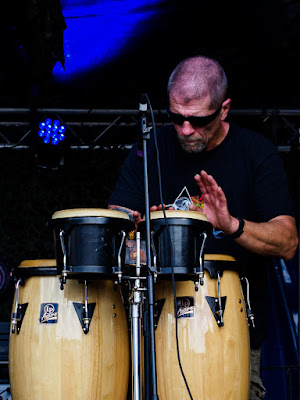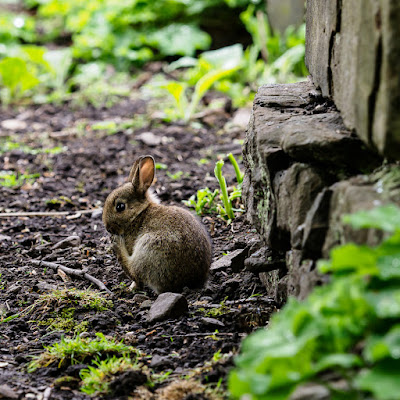Last set from Dundee. Next to the V&A, in dry dock, is Dundee's other historic ship, the RRS Discovery. Discovery is a sail & steam ship, built for Antarctic research. Launched in 1901, she was the first vessel to be constructed specifically for scientific research and one of the last wooden three-masted sailing ships to be built in Britain. Among the crew for Discovery's first Antarctic expedition were Ernest Shackleton and the incompetent fool Robert Falcon Scott. After this first expedition ended in 1905, Discovery was used for many years as as a cargo vessel. But she returned to research in the 1920s, making further expeditions to the Antarctic and southern ocean. Discovery ended her sailing days as a training vessel for sea scouts and Royal Navy reserves.
As well as the ship itself, there is also a visitor centre, which puts Discovery in context of Antarctic exploration. When I visited this was undergoing redevelopment. There was a temporary entrance, and the 'Discovery Point Dome, offering 360°panoramic views of the city, waterfront and River Tay', was behind schedule and not yet open. But the exhibition itself was good, offering far more detail than could be achieved on-board.


























































